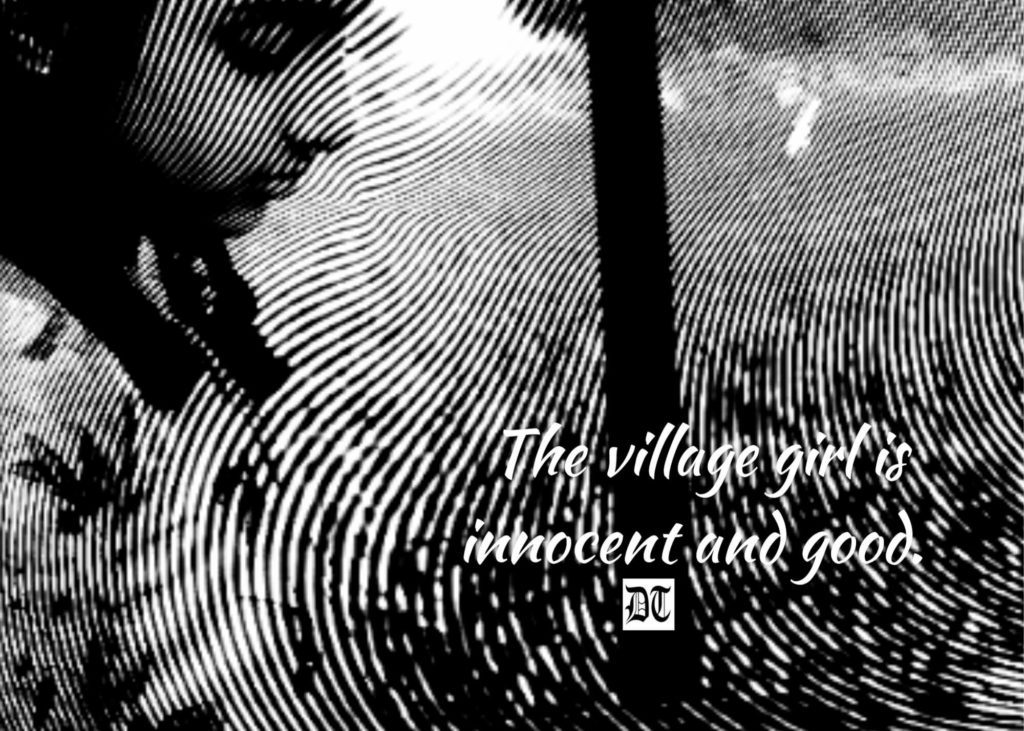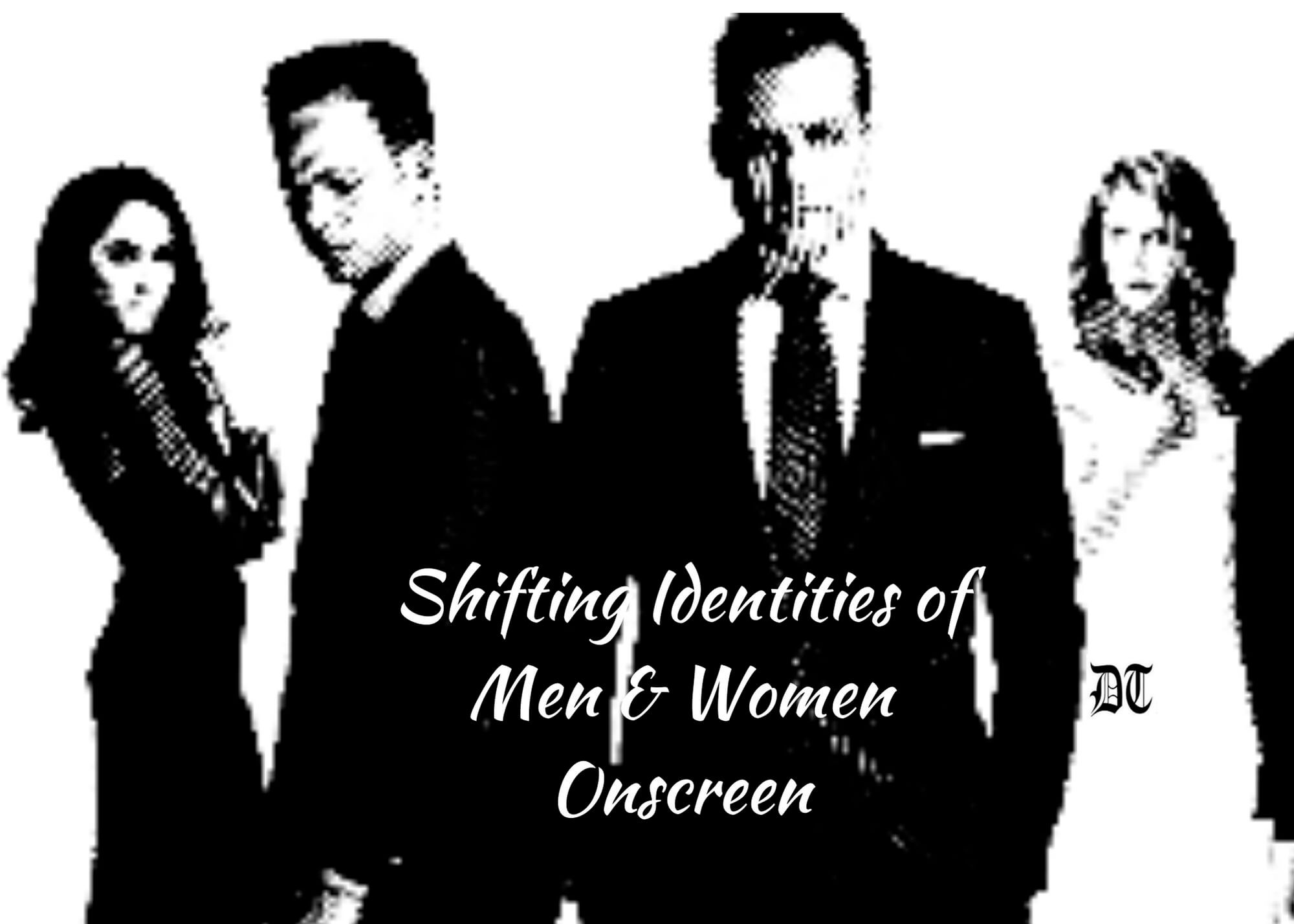Reading Time: 4 minutes
Shifting identities represent another kind of migration, that of characterisation. Dr. Deepanita elucidates these in TV and cinema. An exclusive for Different Truths.

Women, an epicenter of stories. A reflection of culture. An image of histories known and unknown. Women symbolise family, motherhood, career, and now independence. What a journey!
For centuries women and their lives are parts of scripts, stories, histories, and societies. It is wonderful to trace the flowering of the multifaceted identities of women. Identities popularly reflect through the screen. Unknowingly inspires and influences. It is interesting to walk the memory lane of the television industry.
Remember the bold and beautiful Rajani. The ordinary girl from the village dares to join the police force in Udaan. The impact of popular soaps Shanti and Tara. The woman is and always will be the messenger of change, revolution, and progress. This medium acknowledges the shift of interest among the viewers. Along with the portrayal of women, representation of men and masculinity change.
The woman is and always will be the messenger of change, revolution, and progress.
Mr. Yogi, Mungerilal, Byomkesh Bakshi to Mussadi Lal, and Sujal Garewal, it is noteworthy to see the portrayal of men on television. The weak, uncomfortable, awkward, non-heroic man is not new. Rather they exist in the history of Indian television. The reality is admirable. Viewers find comic relief with the showcase of ordinariness.
A Gradual Shift
But with the heroic portrayal of men, they are also saviors of women. There is a gradual shift from the non-heroic to the heroic. Later, from the heroic to the next-door ordinary individuals. The villager to the business tycoons and back to the ordinary guy portrayal. The unemployed, the artist, the music teacher, or the social activist. The change is gradual but strong.
The extremes of positives and negatives exist for both men and women.
The extremes of positives and negatives exist for both men and women. Here the television industry shoulders the duty of portraying the ideal characters.
The characters, both traditional and modern. Prevailing together. The trend to showcase the truly traditional and the manipulative modern. This is how the audience believes the stories, characters, and conflicts. Into this the Indian viewers are active. They follow trends of television soaps and serials.
Transforming Image
With five hundred to thousand episodes, the image of man and woman keeps transforming. If it is a woman, sacrifice. A man, lead and control. More unbelievable portrayals. The village girl is innocent and good. The urban woman is educated but selfish.
Following this, the next step arrives. Loveless marriage. Enter the other woman.
Following this, the next step arrives. Loveless marriage. Enter the other woman. The misunderstood wife. The love-struck and egoistic husband. Well…this way the styles of representing men and women remain popular. But nothing stays forever.

A revamp of depicting man and woman is a welcome turn in dramatising facts. With stories, society progresses. Ideas develop. Information and technology make ways for fresh representation. The classic and progressive is back. The traditional and trendy are redefined.
Men and women on television are now no longer gender presentations.
Men and women on television are now no longer gender presentations. But two strong links to beautiful scripts and thought-provoking stories. With cinema, television facilitates the rise of new platforms. The television series restructured the culture of watching television. Plots may be old and new. Treatment is different. The characters have multilayers. The portrayal of the real is trendy.
Turn the Tables
Now, we notice the women on television are brave and unapologetic. The man is sensitive and understanding. The bahu is no longer sacrificing. Rather expressing and shedding inhibitions. Recent series like SHE, Family Man, Panchayat, Four More Shots Please! turn the tables of beliefs.
What we believe to be only existing in pages are now on screen.
What we believe to be only existing in pages are now on screen. The subdued, scared, inconfident woman, discovers her inner strength. The meaning of femininity is now no more an eye-soothing pleasure. But a hit to age-old hypocrisies.
Now, the viewers can acknowledge the hollowness of macho men on screen. They prefer practical, ordinary, friendly individuals. Likewise, the characteristics, dynamics, and traits change. The stories of Rajani, Tara, Shanti, and Kavita are back. With stories on screen, the portrayal of characters shift.
This shift leads the viewers toward a better understanding of mankind.
This shift leads the viewers toward a better understanding of mankind. It is interesting to witness the transformation of viewers’ interest. From following the stereotypical roles to accepting the non-glamorous portrayal of characters. The scope of featuring a new wave of thoughts will never die. The hope of reading, featuring, and viewing better standards of plots will remain.
The platter of predictable and unpredictable, stereotypical, and experimental stories will survive together. The difference is here to stay. To choose, to select, and to learn. To grow for appreciation, quality and wisdom.
Visuals by Different Truths

















Very well written & observation of changing characteristics of stars on screen. Here I want to add my perspective that though the modern woman is portrayed as intellectual one she is being constantly compared & judged on basis of #indianculture where she is to be innocent, ignorant & submissive. So at the end the role of such woman character is changed for the sake of #indiantradition
No one denies that in the past society has given some bold, brave women who did not hesitate to protest against traditional ills , but generally we find them to be ignorant, innocent, possessing a mindset to serve , obey the men in family. With time it has changed. There is a paradigm shift. Now they’re assertive, have started believing that they are equal partners. Encouraging.